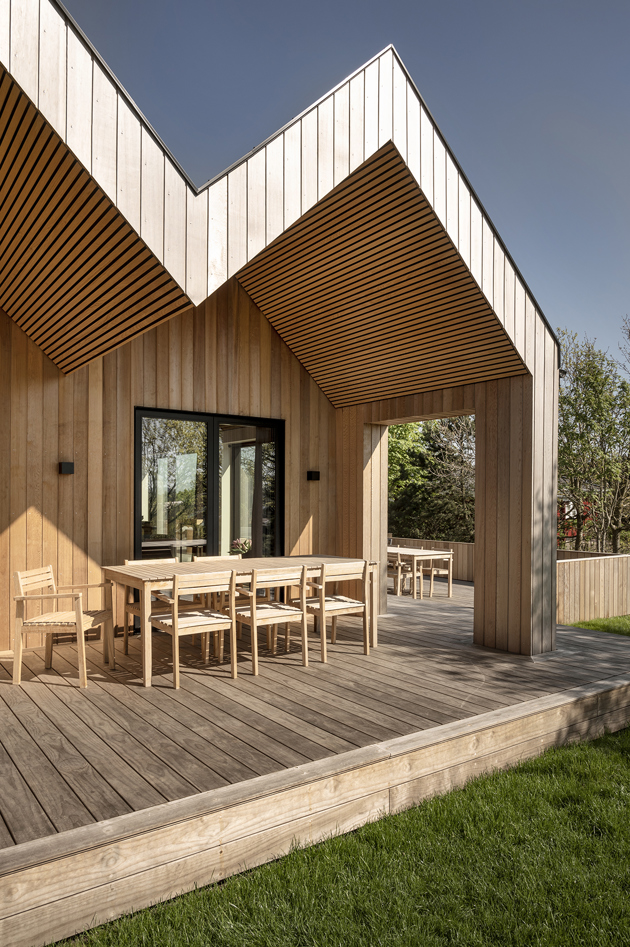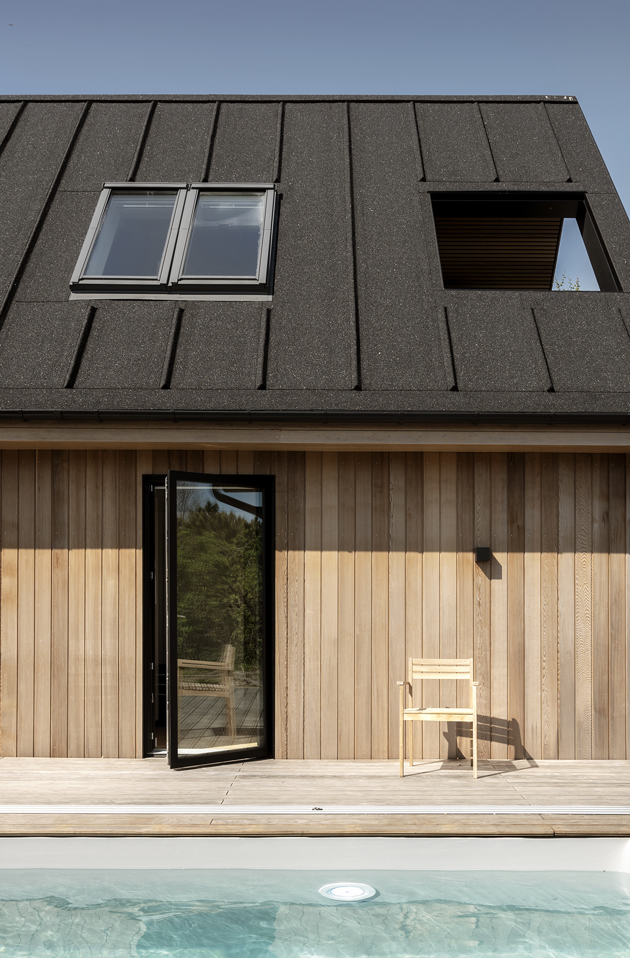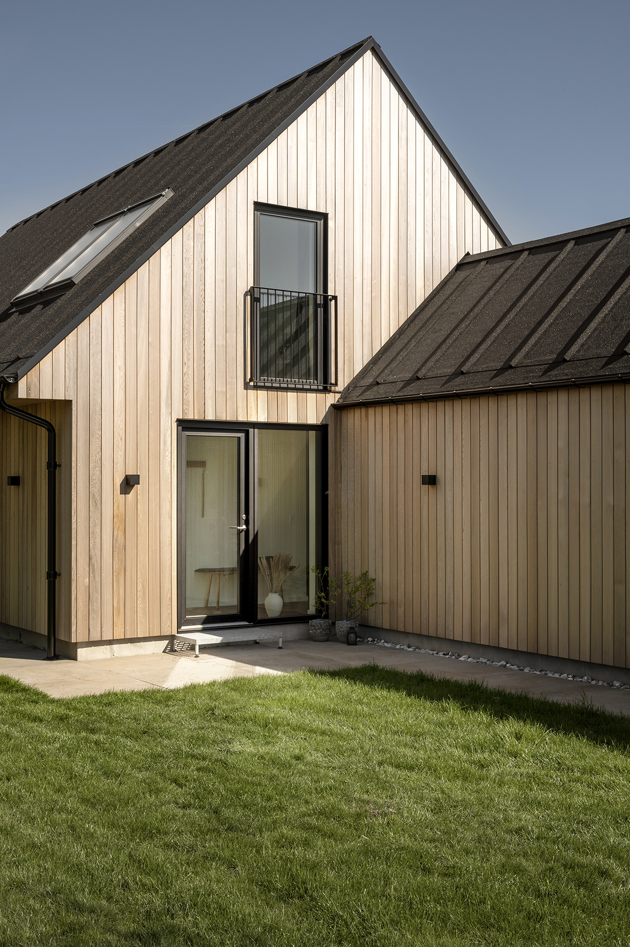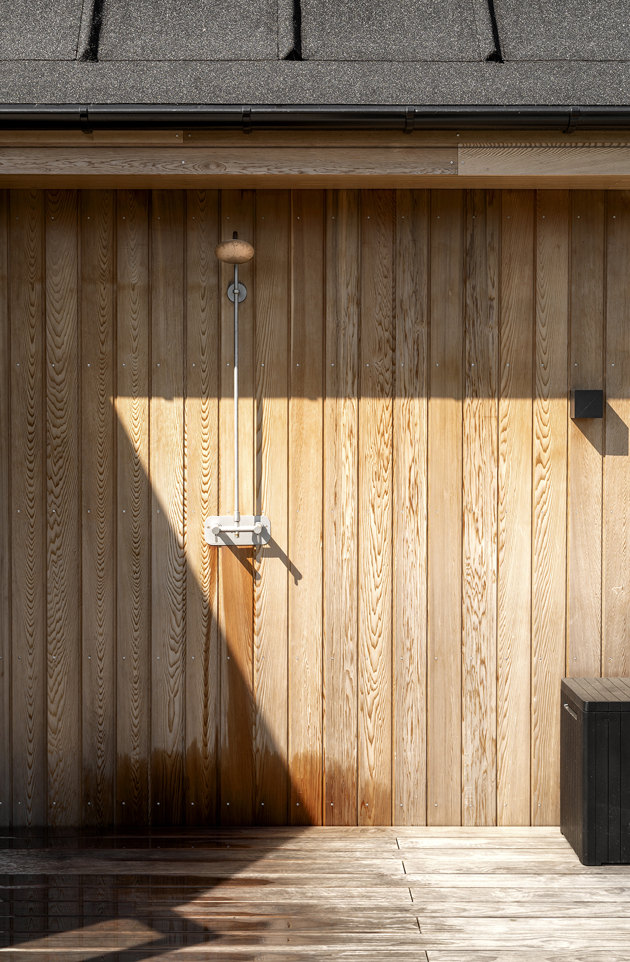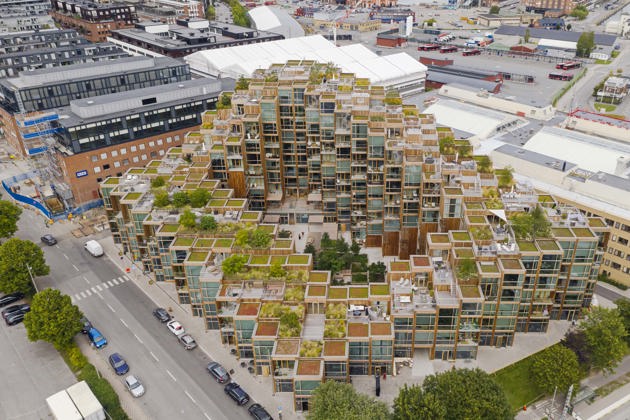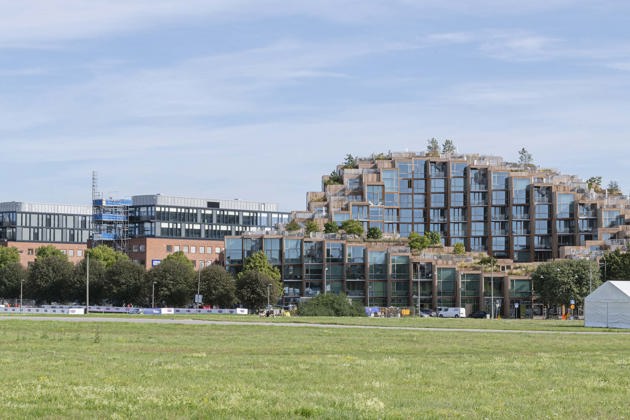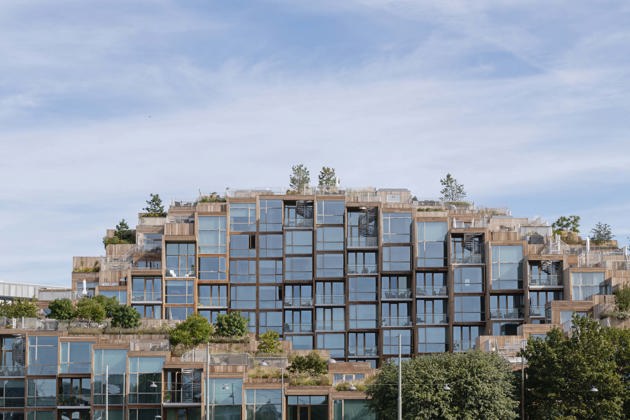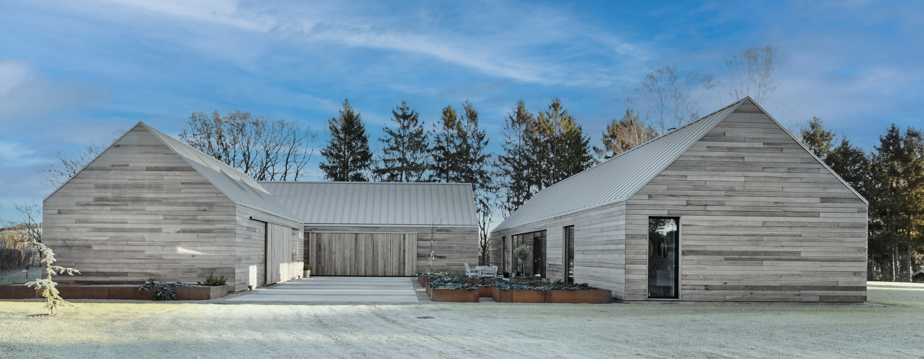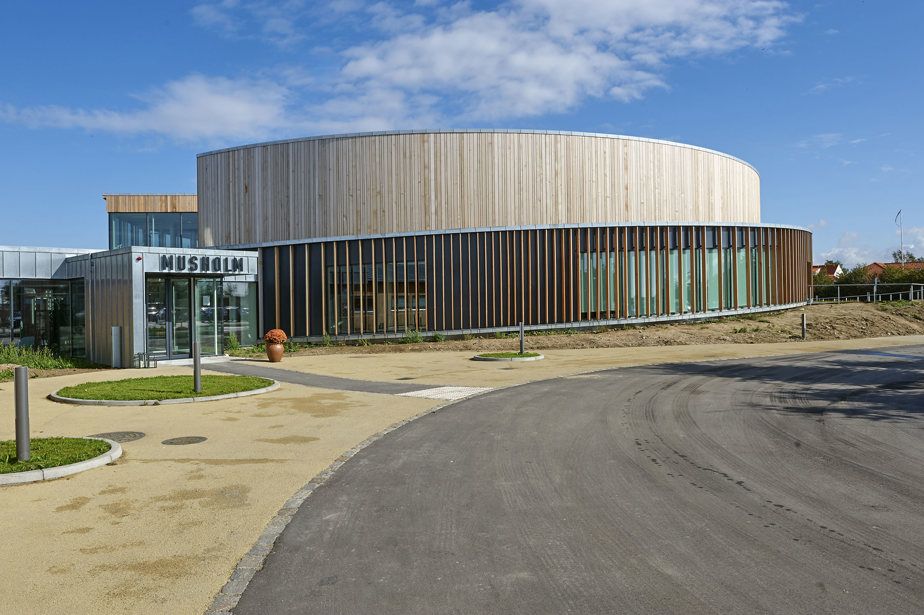Sorry, we didn't get any result for
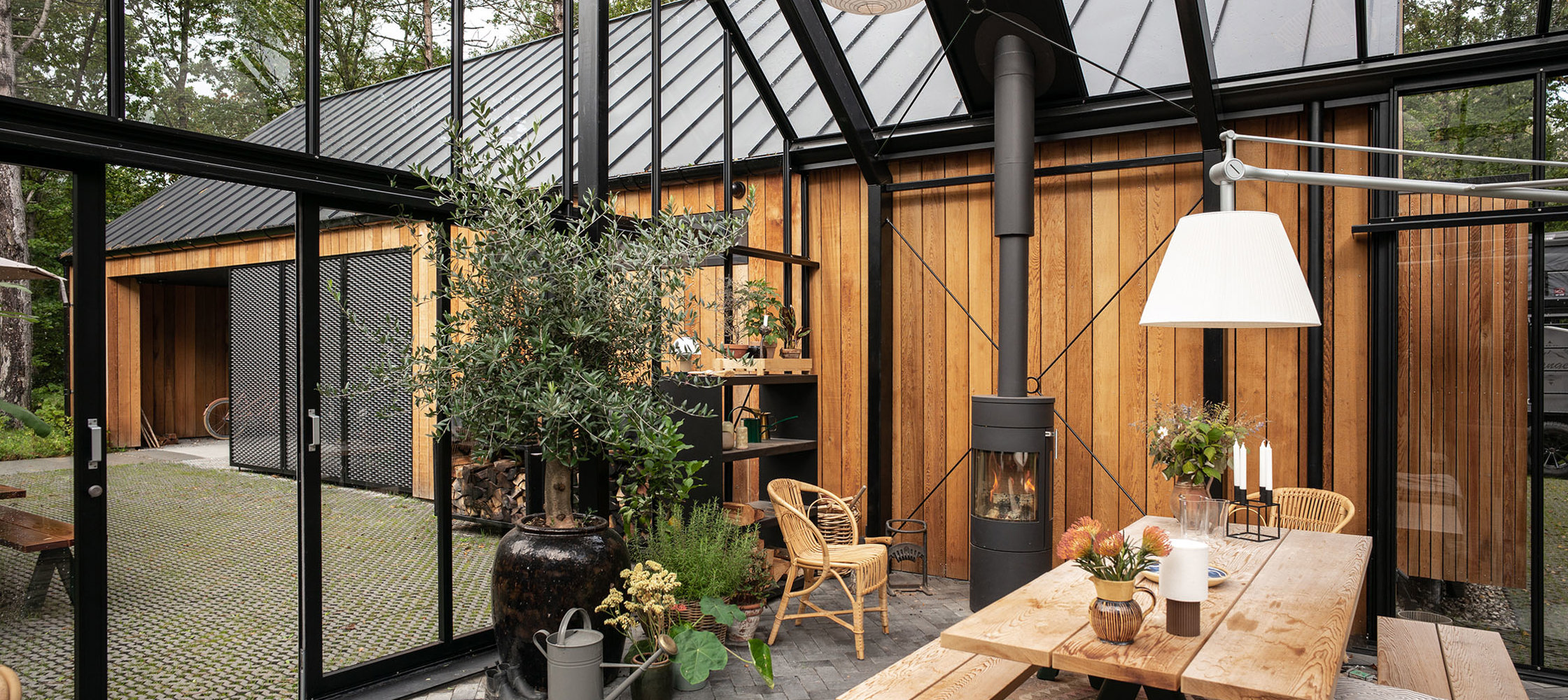
Cedar
Frøslev Cedar (Western Red Cedar) is a beautiful and exclusive kind of wood that is naturally resistant to dry-rot, fungal and insect attacks. The wood is very beautiful for cladding and is extremely durable with a documented life of at least 50 years. The cedar has a beautiful, reddish-brown shade and is nearly knotless.
Strengthened EU regulations
Have you heard about the new, stricter EU requirements for fire testing of wood cladding, such as pressure-treated wood or ThermoWood? All our products are fire-tested and already comply with the new requirements. Read more
Why you should choose Frøslev Cedar
- Nearly knotless
- Dimensionally stable and almost tension-free
- Low weight/density
- Resistant to dry-rot, fungus and insect attacks
- Beautiful shades of colour from light yellow to brown and reddish brown
- Patinates into a silver-grey shade
- Can be surface-treated
- Easy to glue, cut, saw and to drive in nails
Certifications
Certified wood means that the wood is proven to meet certain standards and environmental targets. Read more about all the certifications here.
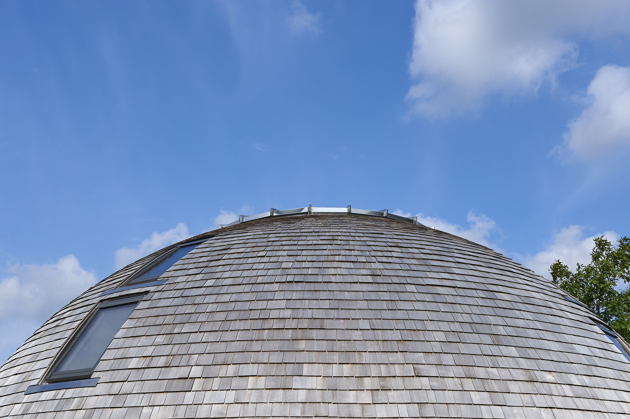
Roofing shingles
Shingles have a long, Scandinavian history where they were used for anything from Norwegian stave churches to Danish mill houses. Canadian cedar roofing shingles are made of large cedar blocks with a sawn surface. Roofing shingles are delivered ready for installation and require no maintenance.
Shingles have a long, Scandinavian history where they were used for anything from Norwegian stave churches to Danish mill houses. Canadian cedar roofing shingles are made of large cedar blocks with a sawn surface. Roofing shingles are delivered ready for installation and require no maintenance.
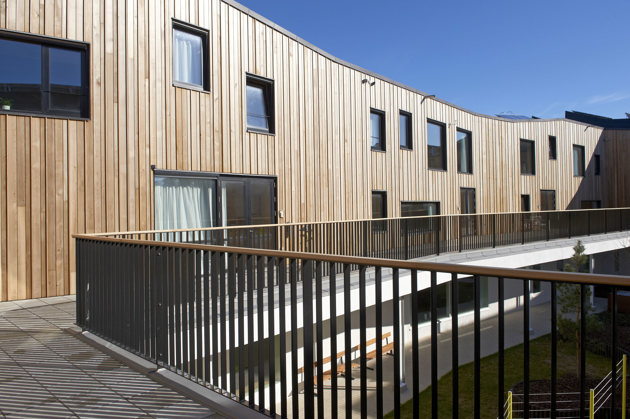
Cedar
Cedar is a beautiful and durable wood, ideal for facades and terraces. Its natural resistance to rot, fungal and insect attack and its beautiful reddish-brown colour make it an attractive choice. The wood is extremely durable and has a proven service life of at least 50 years. The almost knot-free structure gives the terrace or facade a calm look.
Patination and maintenance
Cedar has a beautiful, natural patination
The shades of colour range from light yellow to brown and reddish brown. Like all other wood, cedar is affected by the sun’s rays and rain, so if cedar is left untreated, it will patinate over time into a distinguished, silver-grey shade.
How fast the patination progresses depends on the orientation of the terrace or façade and how exposed the wood is in relation to the weather. Eaves can significantly reduce patination, thus preserve the natural colour of the wood for longer. If the wood is mounted so that it is fully or partially protected from the elements, it will not patinate or will patinate to a limited extent only.
Maintenance
Cedar can easily be left untreated without any further treatment, but if you do not want the wood to patinate, it can be oiled to preserve the original colour.
In this case, the wood must be maintained regularly.
Cedar is produced under environmentally responsible conditions
Our Canadian cedar is logged with much focus on protecting nature. Every time a cedar tree is felled, five new ones are planted. Reforestation is important as cedar is a slow-growing tree with one of the longest life-spans of North America's tree species. The trees are usually 200-300 years old with a height of 60-80 m and a diameter of 80-150 cm when imported into Denmark. The dimensions of the large logs mean that the boards are nearly knotless.
Canadian cedar is imported as original products in rough-sawn dimensions and is used for façade profiles, terrace boards and roofing. The rough-sawn wood is further processed into special façade profiles, fencing elements, playgrounds, doors and windows.
The wood is then planed at our facilities in Denmark using innovative methods which result in a very high quality that reflects Danish standards.
How cedar can be used



